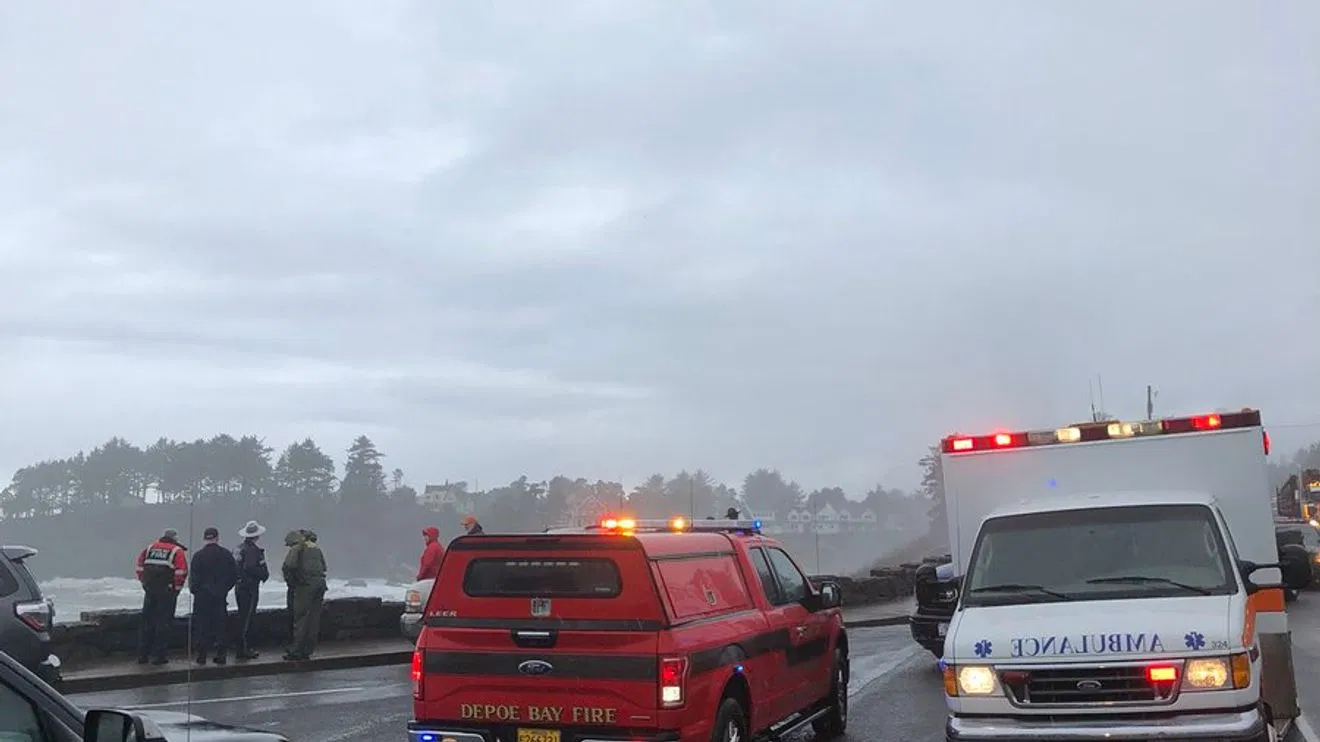 After six years of drought, parts of Oregon are experiencing a harsh winter with impressive snow packs. Although fish and wildlife populations will certainly see long-term benefits from the winter moisture, Oregonians are undoubtedly worried about increased winter mortality of deer, elk and other wildlife.
After six years of drought, parts of Oregon are experiencing a harsh winter with impressive snow packs. Although fish and wildlife populations will certainly see long-term benefits from the winter moisture, Oregonians are undoubtedly worried about increased winter mortality of deer, elk and other wildlife.
ODFW does expect to see increased winter mortality. ODFW biologists will measure the extent of that mortality during our annual big game surveys this spring.
Although it is natural for big game populations to suffer winter mortality, biologists have learned from harsh winters of the past. ODFW has since taken on large efforts to reduce overwinter mortality through programs like the Mule Deer Initiative (MDI) and by improving historical management practices. Notable management actions throughout Oregon include:
- Habitat enhancement: ODFW, private landowners and partnering agencies spent over $18 million since 2010 removing encroaching juniper and enhancing forage for big game on over 266,000 acres of summer and winter habitat.
- Connecting habitats: ODFW and ODOT worked together to install structures allowing wildlife to pass safely across Highway 97, connecting summer and winter ranges for mule deer.
- Protecting winter range: ODFW regularly works with local governments to identify and protect winter ranges that could be lost while planning industrial and urban developments.
- Limiting disturbance: ODFW has worked with partners to restrict travel through winter ranges and frequently directs funding to Oregon State police to increase enforcement in winter range, allowing wildlife to conserve energy during critical times.
ODFW and scientists have also learned from past management practices. Emergency feeding of big game is now generally accepted as ineffective and has many negative consequences. Feeding programs reach only small portions of the targeted populations, can permanently divert populations from traditional winter habitat, and can lead to additional mortality. The additional mortality is a result of concentrating animals, which increases disease transmission, predation and poaching. Additionally, rapidly shifting wild animals from a natural diet to agricultural feeds can be fatal for the animals.
While ODFW does not plan emergency feeding this year, the department will continue our long-standing feeding programs at Elkhorn, Wenaha, White River, and Jewell wildlife areas. These programs gradually introduce agricultural feeds and are in place specifically to keep deer and elk off adjacent agricultural properties. Currently, the three wildlife areas in eastern Oregon feed 70,000 pounds of hay and nearly 33,000 pounds of pellets per day to thousands of elk and deer. Jewell Meadows Wildlife Area in western Oregon feeds 950 pounds of hay per day as a partial diet to several hundred elk. Feeding on these wildlife areas started in December and will continue daily, until natural forage conditions improve.
On a positive note, fall green-up was good this year and animals headed into the winter in good body condition. ODFW has not yet seen significant mortality among deer or elk herds. Should spring surveys find significant over-winter mortality and tag reductions are needed, ODFW will announce changes and notify hunters by April 15.
Information and photos provided by ODFW
